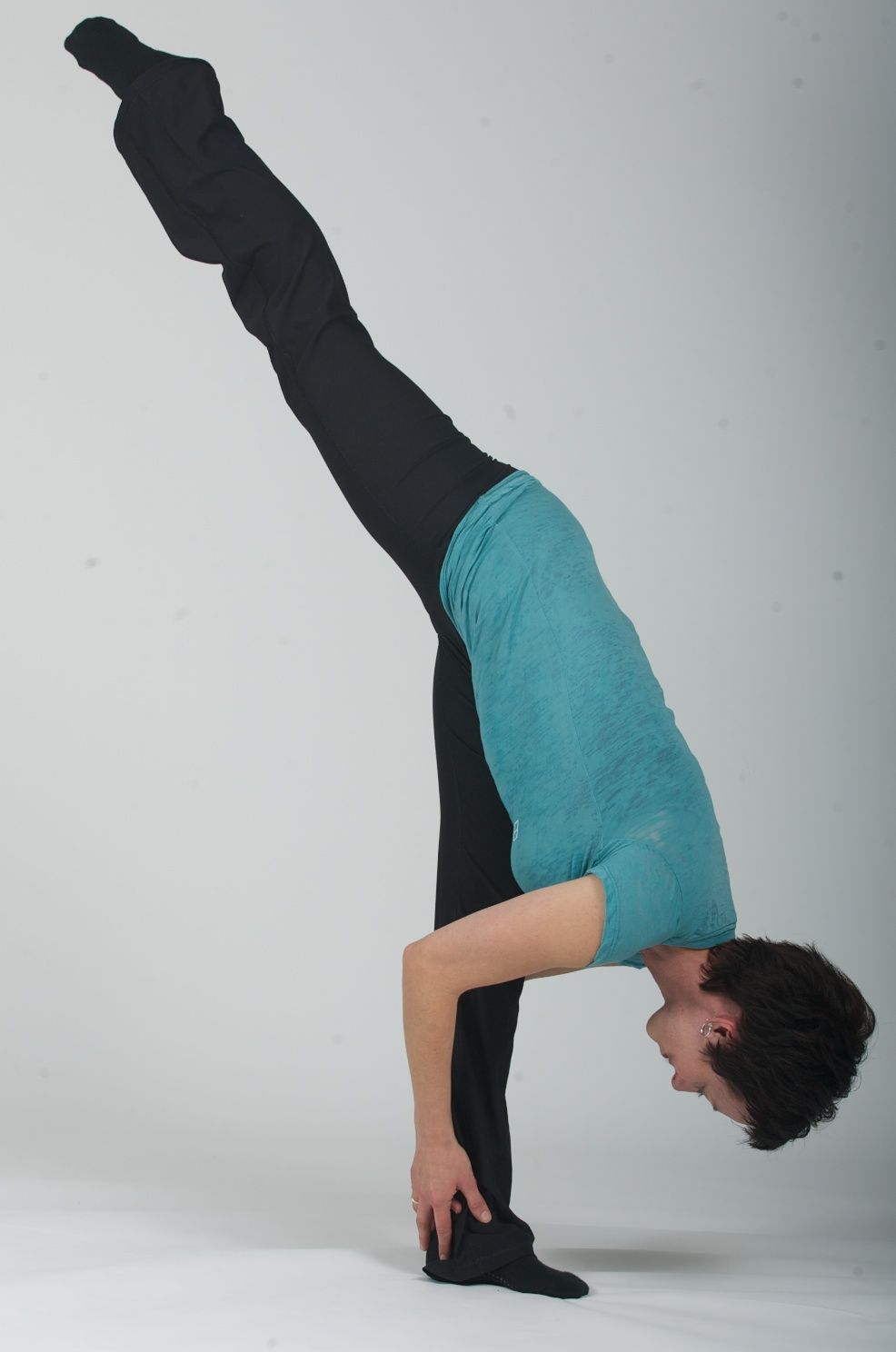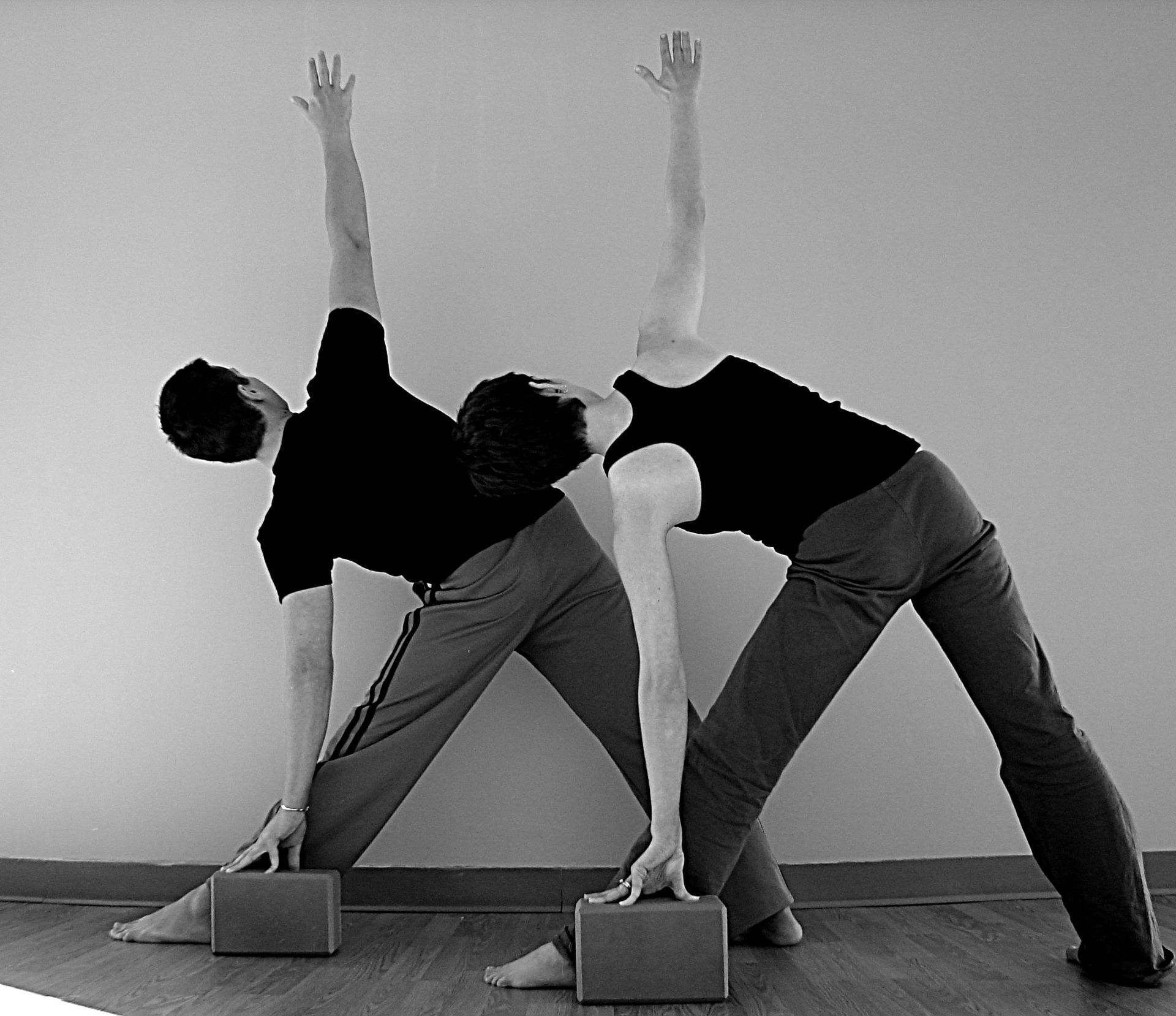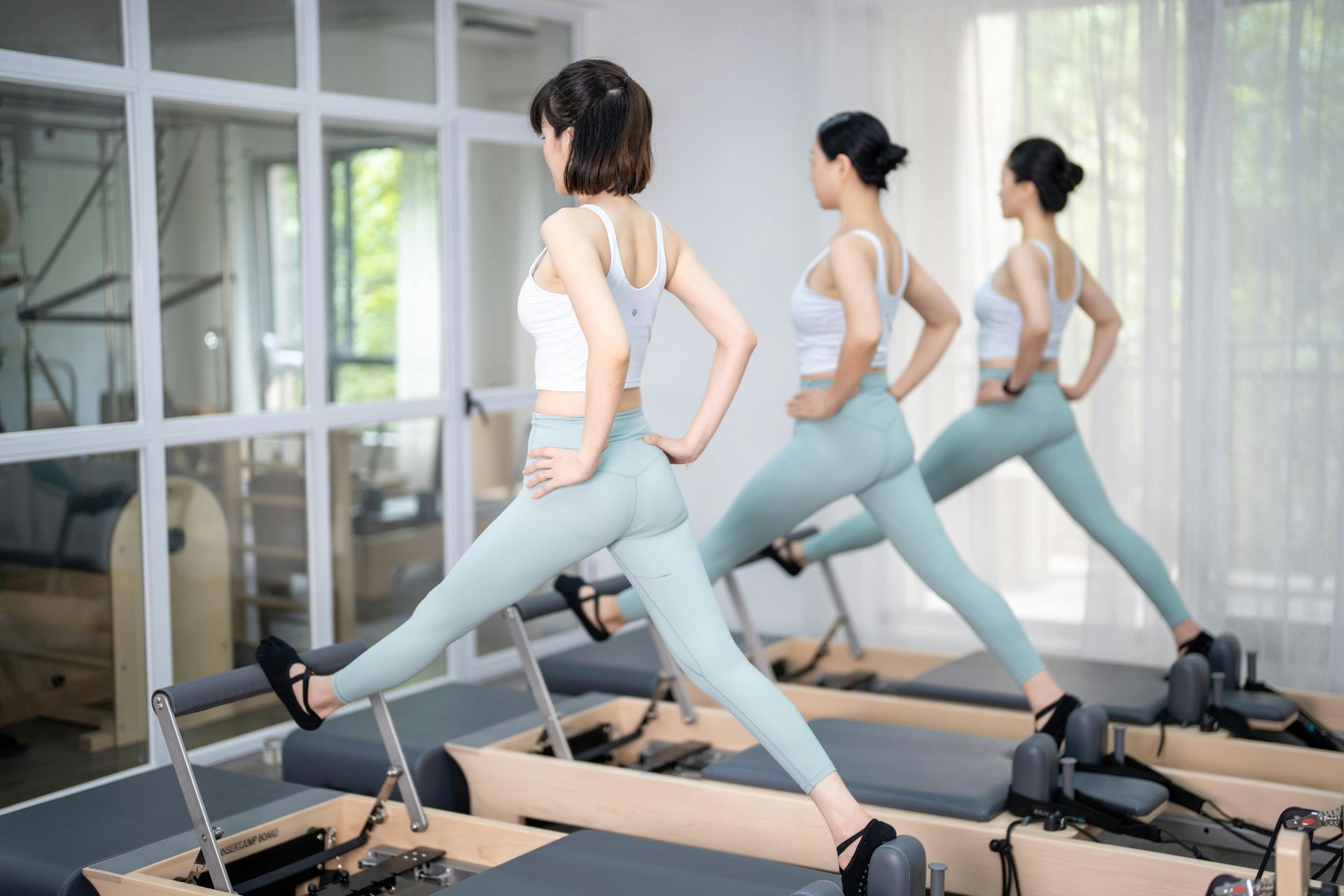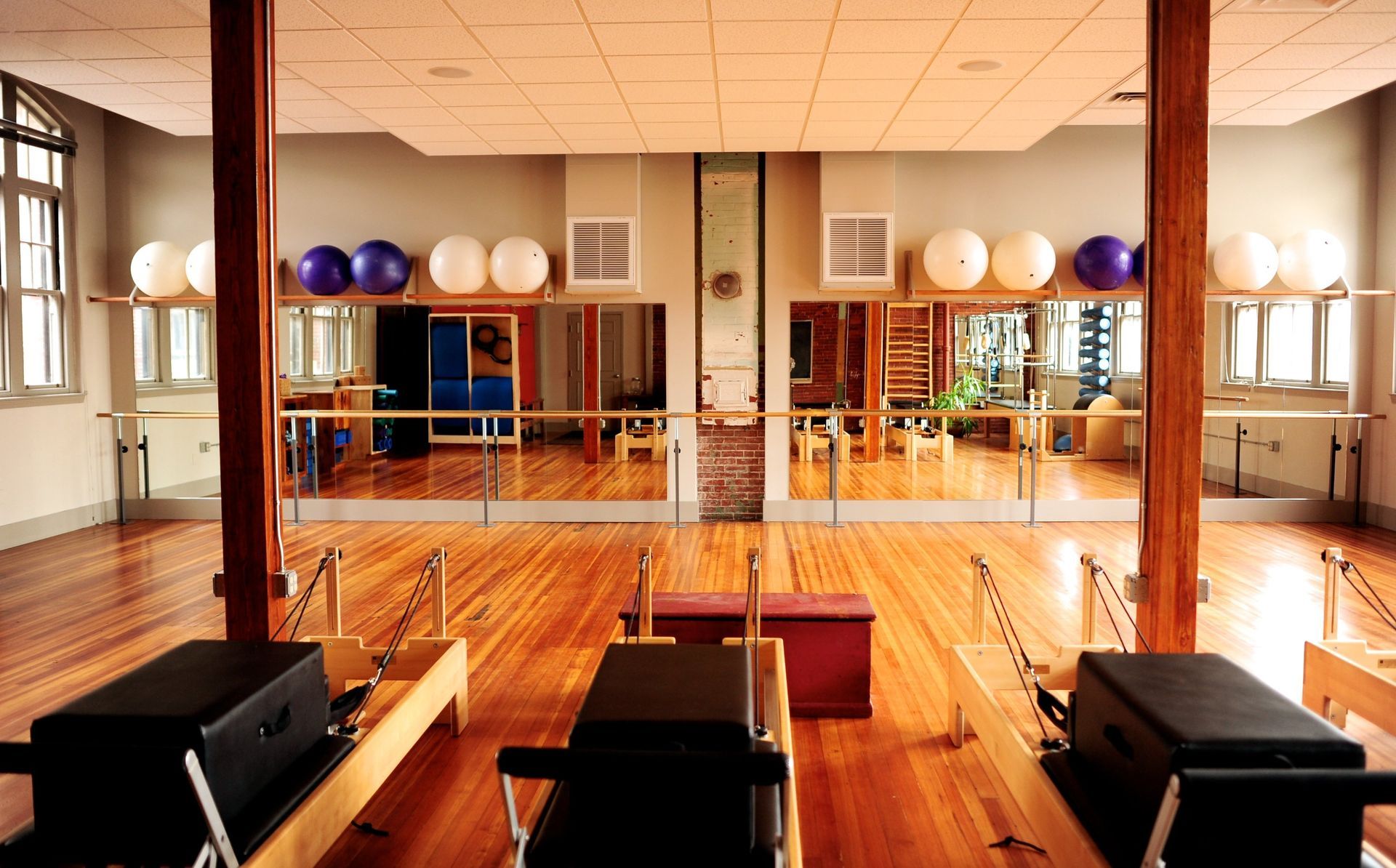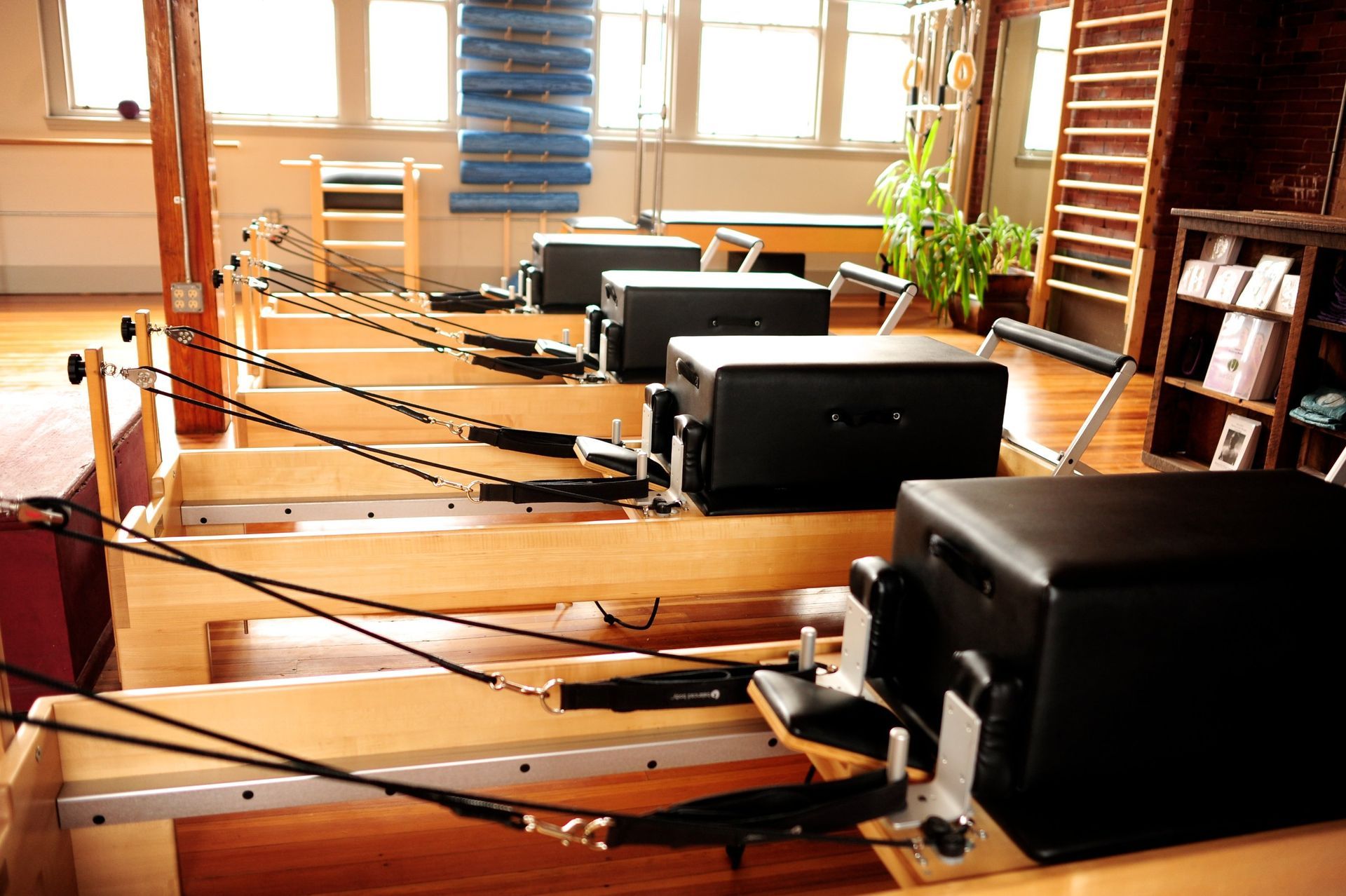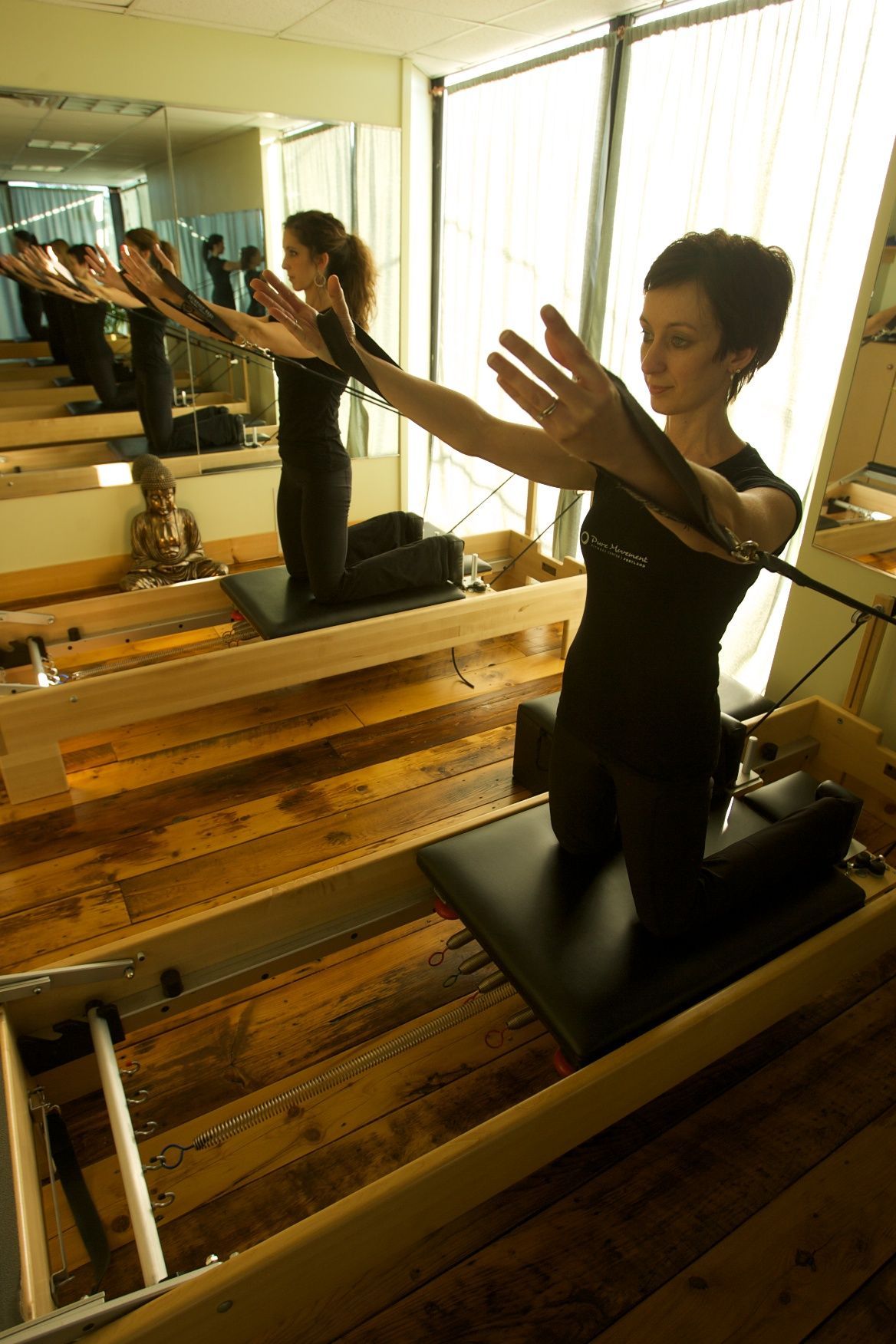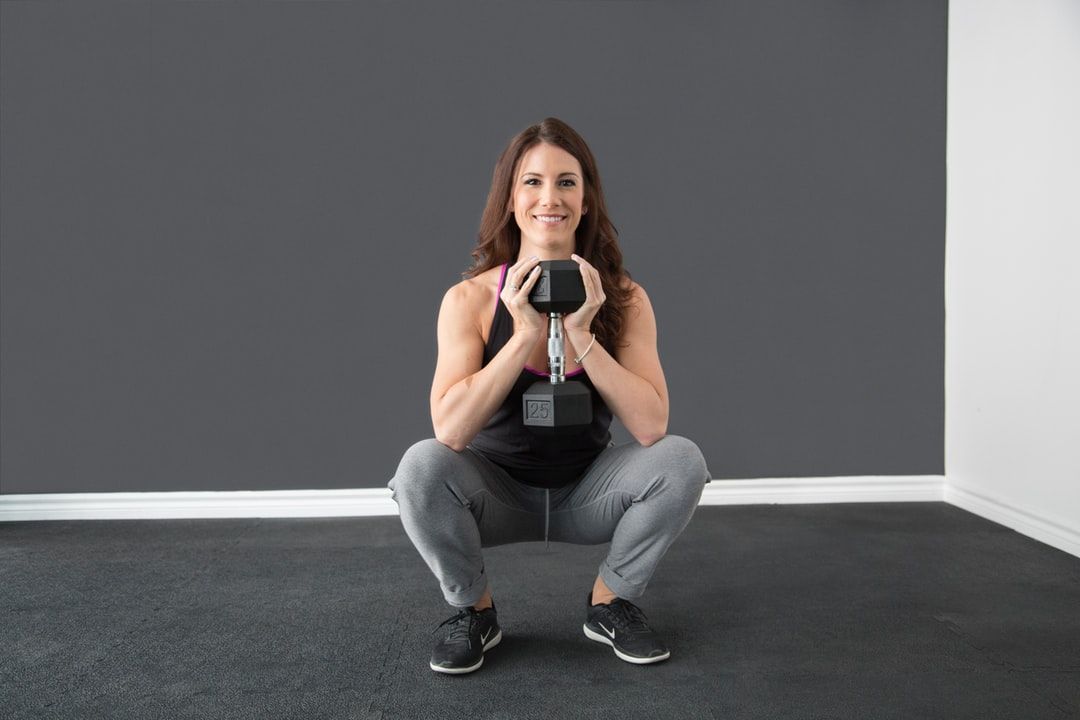The FoldOver
A Barre SeatWork Staple for Beginners, Pros, and Sciatica Relief
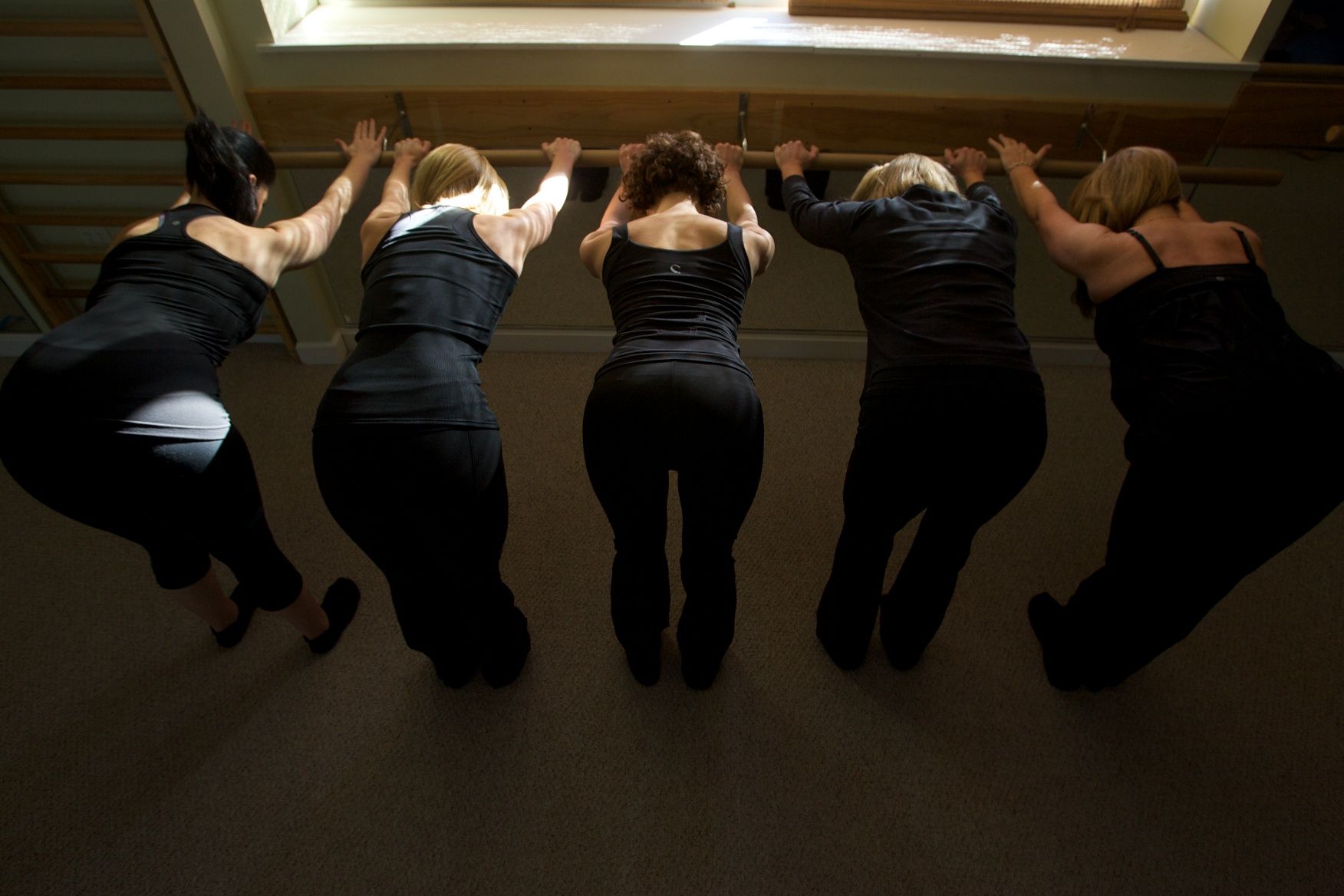
When it comes to barre workouts, seatwork plays a crucial role in building strength, balance, and control in the glutes and hamstrings. One of the most foundational—and simultaneously challenging—SeatWork positions is called Fold Over. This deceptively simple posture offers a powerhouse of benefits, from sculpting the backside to doing it without aggrivating sciatic nerve tension. Whether you're a barre newbie or a seasoned pro, Fold Over can meet you where you are—while pushing you toward greater strength and alignment.
In this post, we’ll break down the Fold Over from all angles: how to get into the position safely, what to watch for in terms of form and common mistakes, how to modify based on injury or pregnancy, and why it’s considered one of the best exercises for managing sciatica. Fold Over is not just a “SeatWork move.” It’s an adaptable, therapeutic, and demanding staple of any barre repertoire.
Setting Up: The Basics of Fold Over
At first glance, Fold Over looks simple and easy. But don’t let the simplicity fool you—this position requires precision and control.
Here's how to set it up:
- Stand facing the barre with your feet hip-width apart and parallel.
- Place your hands on the barre just wider than your hips. Walk back until your spine and arms create a straight line—like an ironing board. You are now at “torso’s distance” from the barre.
- Hinge forward from the hips until your back is flat and your head is in line with your spine.
- Bend both knees softly to stabilize neutral pelvis, and take tension out of the lower back.
- From here, pull slightly with the hand on your supporting leg side while pressing into the barre with the hand on the side where you’re lifting the leg. This gentle push-pull creates counterbalance and allows the torso to stay stable.
Now, you're in Fold Over.
Why Fold Over Works
Fold Over might look relaxed, but it demands a lot: deep core engagement, pelvic stability, and strength from the supporting leg and glutes. The lifted leg, meanwhile, works through small but powerful ranges of motion—lifts, circles, presses—that target the glute medius, glute maximus, hamstrings, and even the lower back.
Unlike some barre seatwork where balance or vertical posture become limiting factors, Fold Over’s hinged, supported position removes external distractions and puts you in direct contact with your working muscles. This makes it a phenomenal exercise for:
- Glute isolation
- Postural awareness
- Core connection
- Hamstring recruitment
- Sciatica relief (more on this soon)
Fold Over for Beginners
Fold Over is often the first seatwork exercise introduced in a beginner barre class—and with good reason. It offers:
- A stable base of support (both feet on the floor)
- Clear angles and alignment
- NO TUCK NEEDED!
- Tangible feedback on whether you’re working the correct muscles
For new clients, it helps develop the mind-muscle connection. They can feel immediately whether they’re collapsing into their back or actively pressing through the heel of the working leg. It’s also easy to modify—working with smaller ranges of motion or keeping the working leg lower can still deliver results without overwhelming the client.
Fold Over for Advanced Clients
Surprisingly, this “beginner-friendly” move also remains brutally effective for advanced clients. Once form is dialed in, the challenge becomes internal: maintaining tiny, controlled, fatigue-inducing pulses while keeping everything else still.
Advanced clients can explore:
- Longer holds
- Slow-motion lifts and lowers
- Adding a resistance band around the thighs
- Lifting the supporting heel or one arm to challenge balance
- Combining with other SeatWork sequences (e.g., Lunge)
As always, the key is precision over momentum. No flinging, swinging, or collapsing—just pure, controlled movement driven from the glute.
Fold Over and Sciatica: A Match Made in Barre Heaven
Let’s address one of the biggest reasons Fold Over is such a superstar in the world of movement therapy: it’s the best barre exercise for clients suffering from sciatica.
Sciatica, caused by compression or irritation of the sciatic nerve, can result in burning, tingling, or shooting pain from the low back down the leg. Many traditional standing or supine exercises aggravate symptoms, especially if alignment is off or the pelvis is unstable.
Fold Over, however, offers the safest spinal and pelvic position for this condition:
- The flat back removes excessive lumbar extension.
- The hinged position elongates the spine and creates gentle decompression.
- The supportive surface (the barre) keeps the core gently engaged and removes the need to balance precariously.
- Gravity assists in making it easier for you to tell when your abdominals take a break!
- The small range of motion means no jerky or compressive actions.
When done with control, Fold Over helps activate and strengthen the glutes—especially the glute medius—which plays a key role in reducing sciatic irritation. A strong seat helps unload the piriformis and support the sacrum, two frequent culprits of sciatic pain.
Contraindications & Modifications
Every body is different—and the Fold Over makes room for that. Here’s how to adapt the position when needed.
1. Shoulder Issues or Rotator Cuff Injuries
If a client has shoulder instability or pain, especially in the rotator cuff, the standard “arms outstretched on the barre” position may be too intense.
Modification:
Fold the forearms onto the barre and
rest the weight of the head on the arms. This takes tension off the shoulders and neck while still maintaining spinal alignment. Clients can still work the same seat muscle groups without aggravating the upper body.
2. Pregnancy (Especially Late Pregnancy)
During pregnancy—especially in the second and third trimesters—the added weight of the belly can pull on the lower back when hinged forward, increasing discomfort or risk of strain.
Modification:
Bring the client to the floor on all fours (sometimes called the “Jane Fonda” position). This offers more pelvic support and reduces pressure on the spine. The working leg can perform similar gluteal actions (lifts, pulses, circles), providing the same benefits in a safer format.
Fold Over Variations and Movement Options
Once clients are in Fold Over, the possibilities are almost endless. Here are just a few of the variations that keep this classic fresh and effective:
- Straight leg lifts: Target the glute max and hamstring.
- Bent knee pulses: Fire up the glute med and encourage pelvic control.
- Circles (clockwise/counter-clockwise): Add a stability challenge and sculpt deeper into the seat.
- Attitude lifts: Open the hip slightly and bring the focus to the glute-ham tie-in.
- Heel to glute presses: Strengthen the hamstrings with a powerful contraction.
Each of these can be progressed or regressed based on the client's fitness level and needs.
Cueing Tips for Teachers
Teaching Fold Over effectively is all about subtle corrections and visual imagery. Here are a few of my favorite cues:
- “Imagine your back is a table that I could set a glass of water on.”
- “Pull with one hand, push with the other. You’re creating a little tug-of-war in your upper body that stabilizes your core.”
- “Press through the heel like you're leaving a footprint on the wall behind you.”
- “Your spine stays still; your leg is the only thing that moves.”
Also, watch the hips. It’s common for clients to open the hip too far to the side, especially when fatigued. A small reminder to square the hips to the floor can keep the movement safe and effective.
Why Fold Over Deserves a Place in Every Barre Class
Fold Over is more than just a go-to glute toner. It’s:
- A beginner-friendly SeatWork move that builds confidence and body awareness.
- A challenging, modifiable exercise for advanced clients that targets the seat from all angles.
- A therapeutic tool for sciatica sufferers seeking safe, effective movement.
- A customizable option for clients with shoulder injuries or pregnancy needs.
- A teaching gem that allows instructors to cue small but powerful corrections for maximum engagement.
In a barre world full of flashy shapes and quick transitions, Fold Over invites us to pause, stabilize, and refine. It’s one of the most adaptable tools in the barre toolkit—and one of the most powerful.


